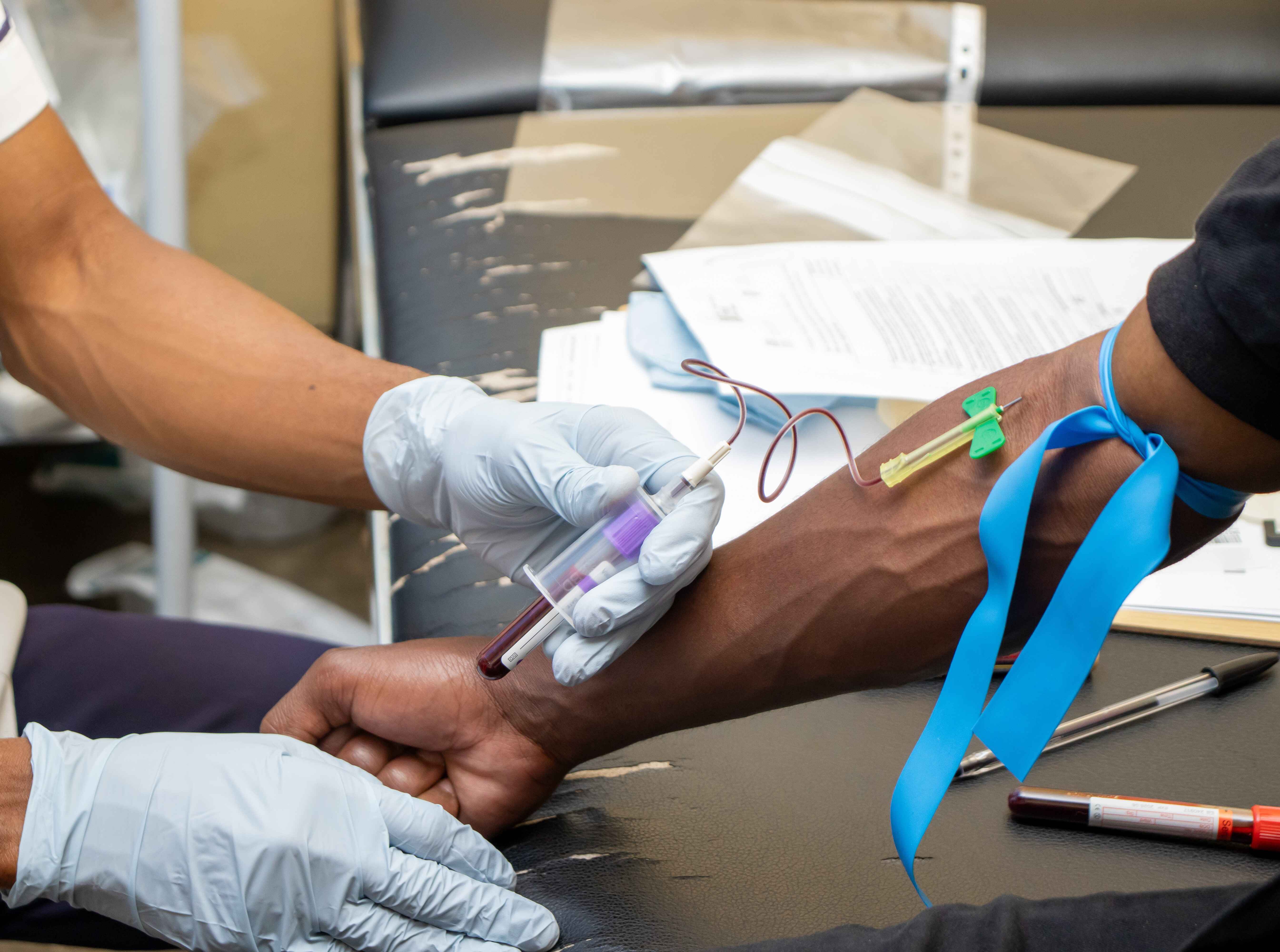The Controlled Human Infection Model (CHIM) is an innovative research approach being used at MLW through the MARVELS project (Malawi Accelerated Research in Vaccines Experimental Laboratory Systems). With this method, researchers can safely and closely study how the body responds to infection and vaccination in a controlled environment.
This groundbreaking work began with community consultations in 2017 to ensure acceptability and understanding among stakeholders. In 2019, the first small-scale feasibility study was conducted with 24 volunteers, proving the model could be safely implemented in Malawi. Building on this success, a larger trial involving 204 participants was carried out in 2021 to evaluate the effectiveness of the PCV13 vaccine.
In Malawi, CHIM has been applied to two major research areas:
- Pneumococcal CHIM: Studies with Streptococcus pneumoniae, the bacterium that causes pneumonia, meningitis, and ear infections. Over the years, community consultations, small feasibility studies, and larger vaccine trials (including PCV13 and PBV) have established this model as a valuable tool for advancing pneumococcal vaccine research.
- BCG CHIM: A controlled human infection model using Bacillus Calmette-Guérin (BCG), the vaccine for tuberculosis. This study helps researchers better understand immune responses to BCG and supports efforts to develop stronger TB vaccines.
This is only a short overview of CHIM. For a deeper understanding of how CHIM works, the community engagement behind it, and the progress of MARVELS studies, we encourage you to watch the video explainer available on MLW YouTube channel; https://youtu.be/LIVduAGeHLU?si=ppw1CLHBNPw507FU
